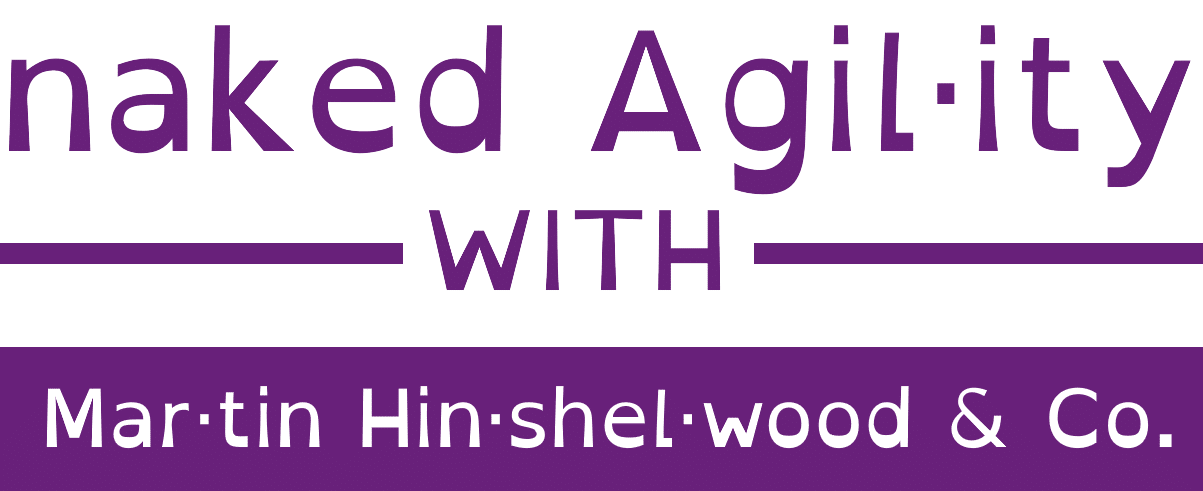In the world of agile transformation, it’s easy to get caught up in the methods, frameworks, and terminology. But the real question is: Are these changes actually making your organization more successful? That’s where evidence-based management (EBM) comes in. Instead of focusing on delivering agile for the sake of agile, we need to turn our attention to achieving business success—with agile as a tool to help us get there.
Focusing Beyond Agile Delivery
One of the core problems that organizations face is a lack of real metrics to monitor progress. Research shows that despite the implementation of popular agile frameworks—whether it’s SAFe, LeSS, Nexus, or Scrum—most organizations aren’t seeing the success they hoped for. Why? Because they’re focusing on delivering agile, not on what really matters: business outcomes.
Instead of asking, “Are we doing agile right?” we should be asking, “Are we making the necessary changes in our organization to succeed in the market?”
Why Agile Frameworks Alone Aren’t Enough
Agile frameworks provide valuable tools and practices, but they won’t lead to success on their own. Agile isn’t the end goal—it’s a means to an end. The ultimate objective is to:
- Deliver real value to the market
- Increase the organization’s overall value
- Continuously adapt and evolve to stay competitive
Agile should be used as a tool to enable market success, not as the primary focus.
Agile as a Tool for Market Success
Let’s get one thing clear: Agile practices, by themselves, won’t lead to market success unless you’re also making systemic changes to your organization. The real benefits of agile come when we focus on the business outcomes we’re trying to achieve, rather than just the agile processes.
Agile helps us to:
- Be more responsive to changes in the market 🌍
- Deliver value more efficiently 💡
- Improve customer satisfaction 😊
However, none of this will matter if your organization doesn’t adapt to these new ways of working.
Example of Successful Agile Implementation
Take a look at organizations that are thriving in the market using agile. These businesses aren’t just implementing agile practices—they’re transforming their entire organization based on the data they collect.
For example:
- They change the way they lead and manage people 👥
- They overhaul business processes and workflows 📊
- They monitor their progress and make data-driven decisions 📈
In short, they’re making evidence-based changes in how they operate.
Evidence-Based Management in Action
At the heart of these successful transformations is evidence-based management (EBM). Whether they use the term or not, every successful organization that grows and evolves is using some form of evidence-based decision-making.
How Startups Use Data to Grow
Startups, in particular, are masters of this. They use data to guide their decisions, pivot when needed, and scale their operations effectively. By continually assessing their position in the market and adapting based on the data, they’re able to:
- Identify new opportunities 🌱
- Innovate and stay ahead of the competition 💡
- Deliver value to customers faster and more efficiently 🚀
This same approach works for larger organizations too. They might not move as quickly as startups, but they can still use EBM to make strategic decisions based on market data.
Balancing Key Business Values with EBM
One of the core principles of evidence-based management is the understanding that revenue alone isn’t a complete measure of success. Sure, revenue is important, but it’s not the only factor you should be tracking. There are other equally critical values that EBM helps to quantify, such as:
- Unrealized value: Markets you haven’t yet tapped into
- Ability to innovate: Your organization’s capacity to introduce new ideas and products
- Time to market: The speed at which you can deliver valuable products and services
By monitoring these key metrics, you can make better decisions and ensure your business is heading in the right direction.
Framework for Better Decision-Making
EBM provides a structured framework that allows you to balance these different business values:
- Current value: What is the organization delivering today?
- Unrealized value: What future value can we capture?
- Ability to innovate: How well can we introduce new ideas?
- Time to market: How quickly can we deliver?
When you understand these factors, you can make informed decisions that will drive your business forward. 📊
Adaptability Beyond Agile
The true power of evidence-based management lies in its ability to help organizations adapt to both good and bad surprises in the market. Things change—sometimes unexpectedly—and how quickly your organization can respond to those changes will determine your success.
EBM gives you the tools to:
- Mitigate risks when bad surprises occur ⚠️
- Take advantage of opportunities when good surprises come along 🎉
It’s this agility, the ability to adapt quickly and effectively, that businesses are truly striving for—not just the implementation of agile processes.
Evidence-Based Management as a Success Tool
When people talk about organizational agility, what they’re really talking about is the ability to adapt quickly and respond to market changes. This is where evidence-based management shines.
EBM provides the data and insights needed to:
- Understand where your organization stands today 📊
- Identify areas of improvement 🔍
- Make data-driven decisions that will enhance business outcomes
Forget about just “doing agile”—focus on adapting your organization to be more successful in a changing market.
Conclusion: Using EBM to Drive Success
At the end of the day, evidence-based management isn’t just a tool for tracking progress—it’s a strategy for success. By leveraging data, organizations can make smarter decisions, adapt to market changes, and drive real business value.
If you’re ready to start using EBM to transform your organization, don’t hesitate to get in touch. We offer both immersive and traditional public classes, where you can learn more about how to implement these principles effectively. Let’s stop focusing on “delivering agile” and start delivering success.
